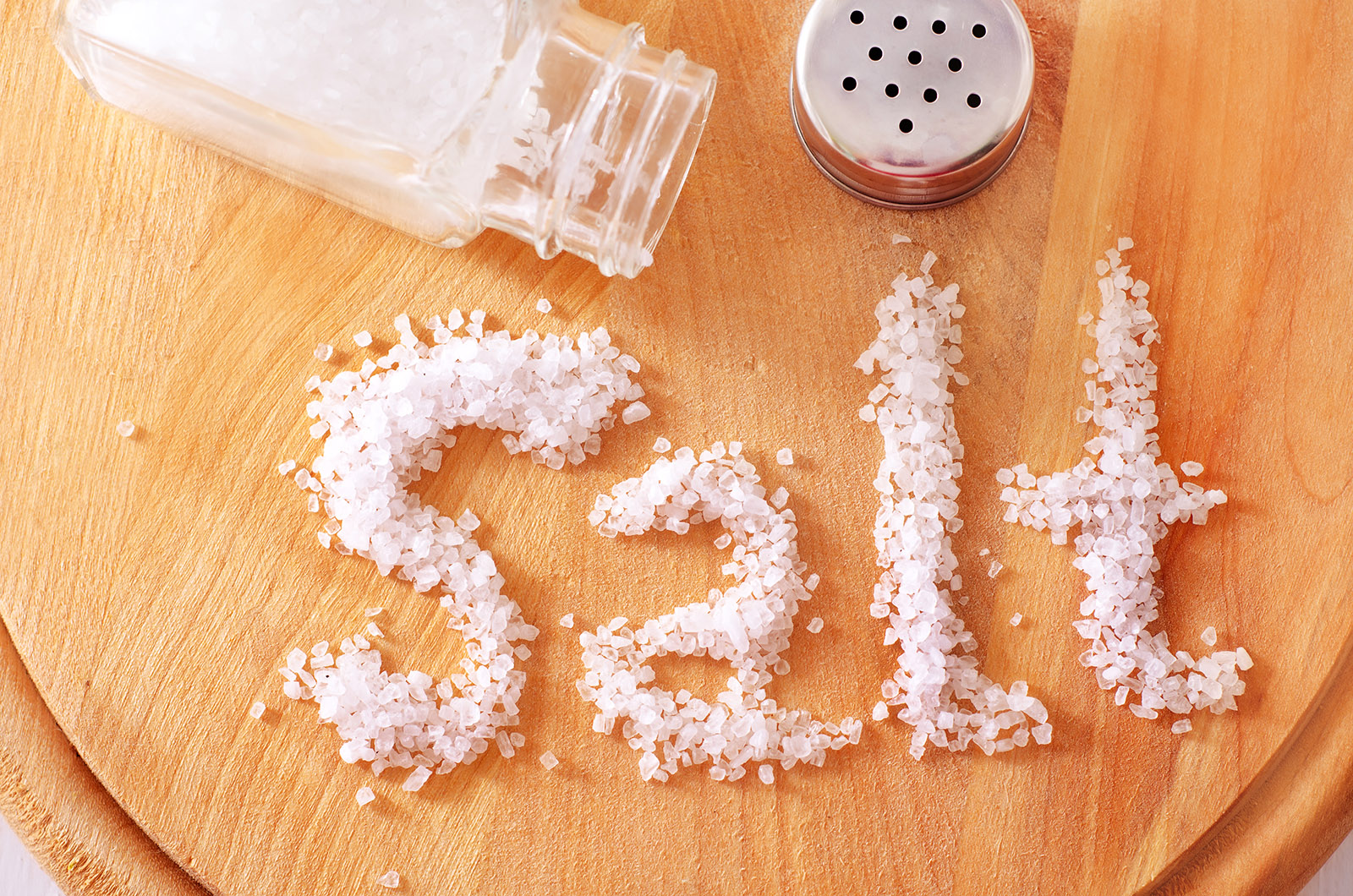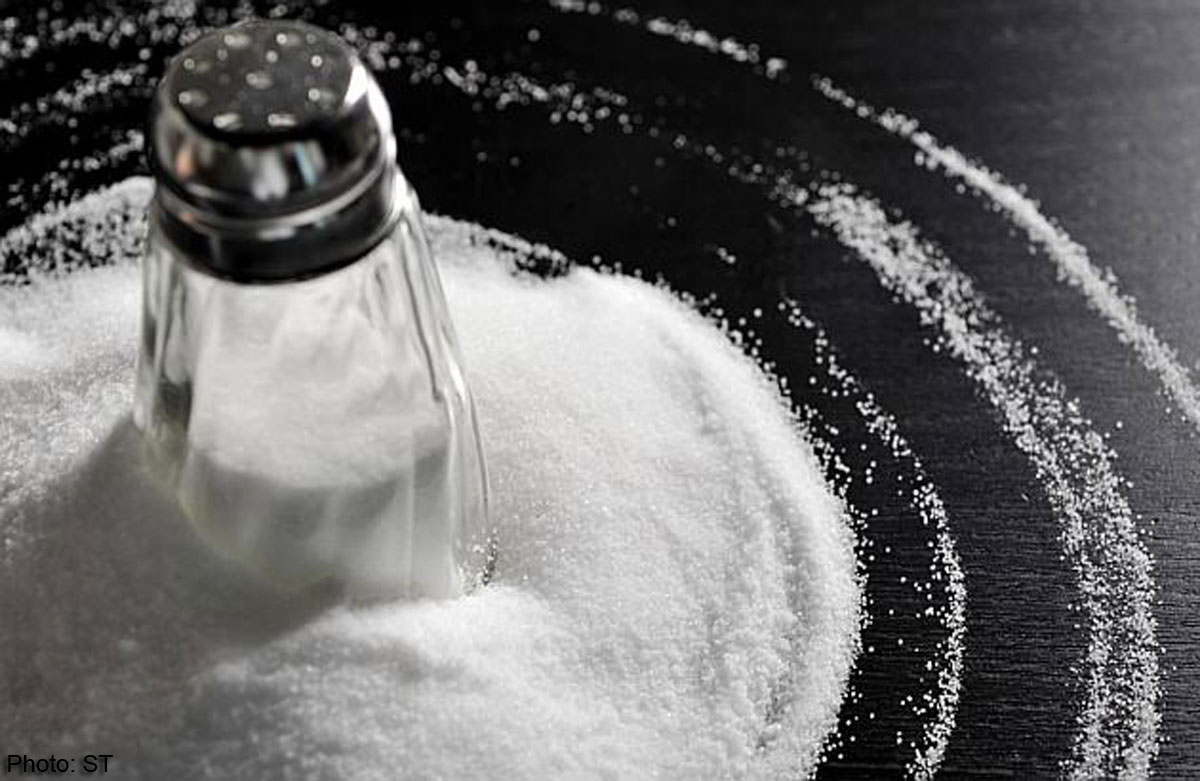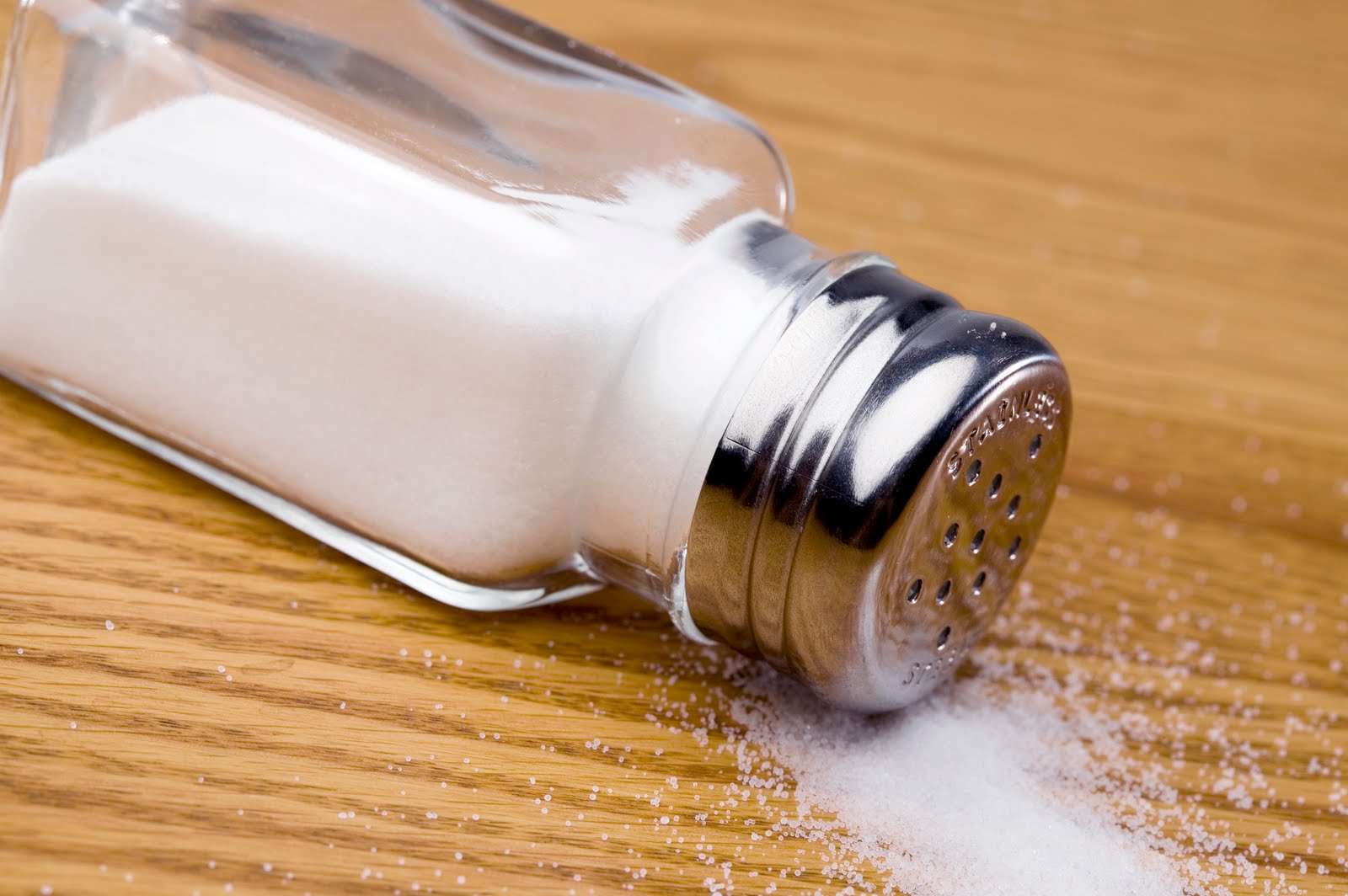As a food lover and a long-time culinary explorer, I’ve always been fascinated by the role that salt plays in our diets and cultures. It wasn’t until a few years ago, while attending a food science conference, that I realised just how much I didn’t know about this humble yet essential ingredient. Salt is so much more than just a seasoning or preservative; it’s a compound with deep cultural significance and surprising properties that I never expected. After diving into its fascinating history and scientific makeup, I’m eager to share these lesser-known facts about salt with you. Some of them might just change the way you think about this simple mineral.
1. Salt Was Once Used as Currency
In ancient civilisations, salt was so valuable that it was used as a form of currency. The word “salary” actually derives from the Latin word salarium, which referred to the payments made to Roman soldiers to buy salt. The importance of salt in ancient trade and warfare cannot be overstated—people would literally fight for control of salt supplies. Salt was considered essential for preserving food, especially in the absence of refrigeration, making it a commodity worth its weight in gold.

2. Salt Can Alter Your Mood
It’s no secret that salt can affect your health, but did you know it has an impact on your mood as well? High sodium intake can cause fluid retention, leading to an increase in blood pressure, which can make you feel sluggish or fatigued. On the flip side, a deficiency in sodium can lead to feelings of dizziness, confusion, and irritability. It turns out that balance is key—not just for your health but for your emotional well-being as well.
3. Not All Salt is Created Equal
The next time you reach for that shaker, think twice. The world of salt is vast, and not all salts are created equal. You’ve probably heard of table salt, but there’s also sea salt, Himalayan pink salt, kosher salt, and even black salt. Each variety has its own unique mineral profile and flavour, and the way it interacts with food can differ dramatically. Himalayan pink salt, for example, contains a wealth of trace minerals like iron, magnesium, and calcium, which can not only enhance your food’s taste but also provide additional health benefits.
4. Salt Has Been Used for Preservation for Thousands of Years
Before refrigeration, salt was one of the only methods available to preserve food. Salting meat, fish, and vegetables was a common practice in cultures around the world, allowing people to store food for longer periods. In fact, the word “preserve” itself is tied to this ancient method. Salt draws moisture out of food, creating an inhospitable environment for bacteria and thus extending the shelf life of perishables. While modern technology has largely replaced the need for salt preservation, many traditional recipes still rely on it.
5. Salt Can Enhance Sweetness
It may seem counterintuitive, but salt can actually make sweet foods taste sweeter. A tiny pinch of salt added to chocolate, caramel, or baked goods can enhance the sweetness without making the food taste salty. This is due to the way salt affects our taste buds. It suppresses bitterness, allowing the sweeter notes of a dish to shine through. Many famous chefs use this technique to elevate the flavour profile of desserts, and now you can too!
6. Salt Is a Powerful Cleaning Agent
If you’ve ever spilled wine or oil on a tablecloth, you might have used salt to blot it up, but did you know salt has many other uses around the home? It can help remove grease, clean stubborn stains, and even freshen your carpets. The mineral’s natural abrasiveness makes it a useful scrubbing agent, and it can also help neutralise unpleasant odours. It’s a cheap, eco-friendly alternative to many commercial cleaning products that are filled with harsh chemicals.
7. Salt Has Healing Properties
Salt has been used for centuries in various forms of traditional medicine, from saltwater gargles for sore throats to salt baths for relaxation. It is believed that salt has natural antimicrobial properties that can help soothe skin conditions like eczema and psoriasis. Even in modern medicine, saline solutions are commonly used to irrigate wounds or hydrate patients. While salt should always be used cautiously, particularly in large quantities, its healing properties are well-documented across many cultures and practices.
8. You Can’t Live Without Salt
Your body needs a small amount of sodium to function properly. Sodium is an essential mineral that helps regulate fluid balance, nerve function, and muscle contraction. It’s important to remember, however, that moderation is key—too much sodium can lead to serious health problems such as high blood pressure, heart disease, and kidney damage. The recommended daily intake of salt for adults is around 6 grams, which is about a teaspoon. While most of us consume much more, it’s important to be mindful of how much salt we’re adding to our diets.

9. Salt Was Once a Symbol of Friendship and Respect
In many cultures, sharing salt was a symbol of hospitality, respect, and friendship. In the Middle East, it was customary for guests to be offered salt as a sign of goodwill and welcome. In some African tribes, a shared salt meal was an important ritual that signified the bond between two families. Salt, with its value and significance, became a powerful tool in fostering relationships and building trust.
10. Salt Can Be Used to Predict the Weather
This one might sound like folklore, but there’s some truth to it. Salt has long been used in weather predictions, particularly in the form of “salt crystals.” People would sprinkle salt on a wet surface and observe the way it dried. If the salt formed large, irregular crystals, it was believed to signal a change in the weather, such as rain or snow. While it’s not an exact science, this method was used by sailors and farmers to help anticipate changes in the weather long before modern meteorology.
The Takeaway
Salt is so much more than a simple kitchen staple. It has played an integral role in human history, culture, and survival, and its fascinating properties continue to surprise me every day. From preserving food to boosting your mood or even cleaning your home, this humble mineral has far-reaching applications that many people never consider. The next time you reach for the salt shaker, remember that you’re not just adding flavour; you’re tapping into a rich history and a world of possibilities.







